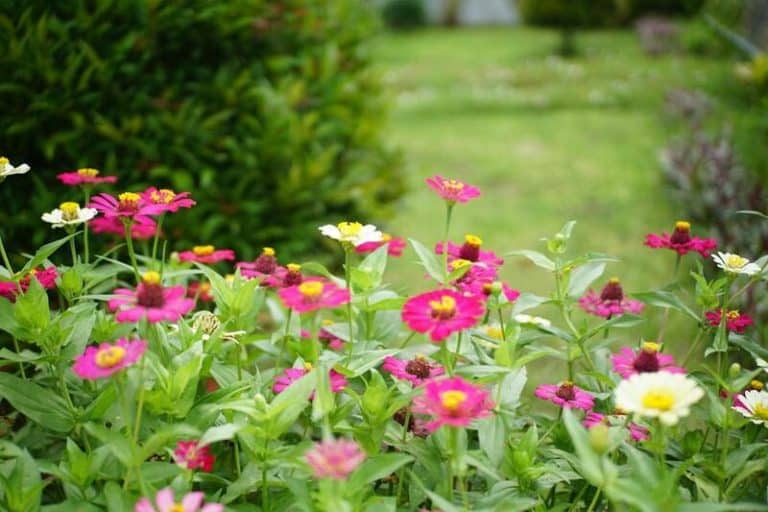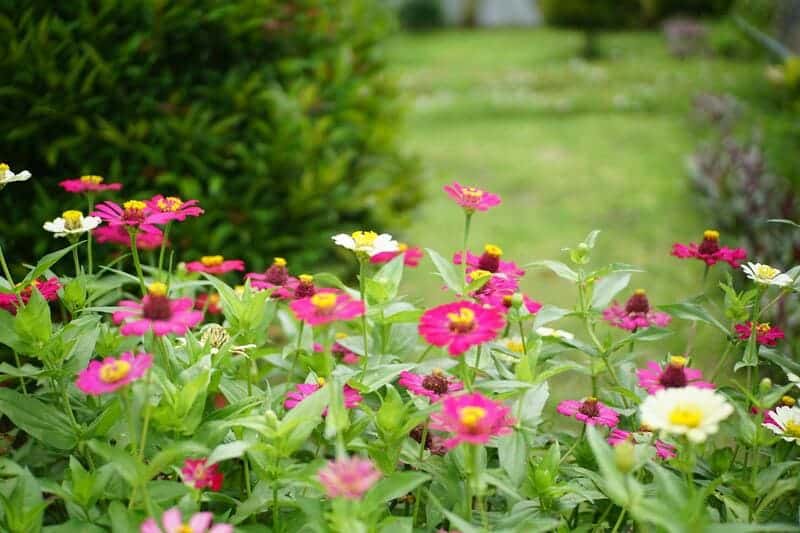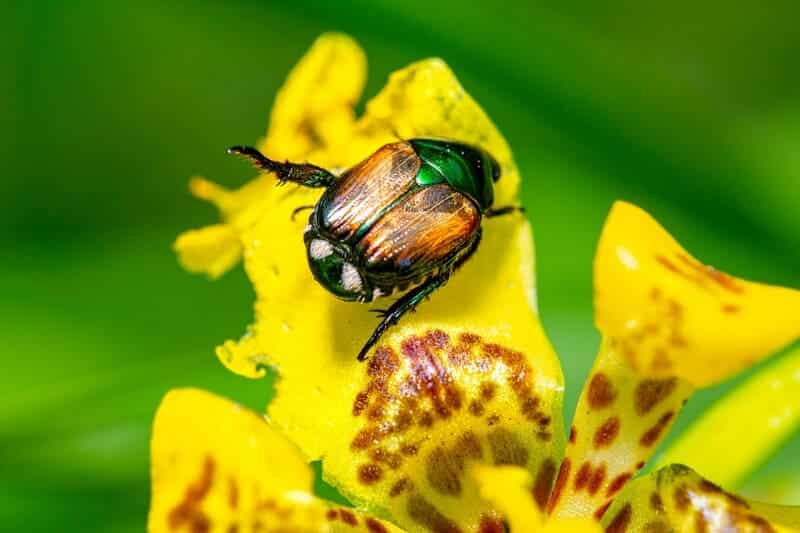If you’re looking to add a wave of color to your garden without a lot of fuss, zinnias are a perfect flower to plant. These pleasant blossoms are favored for their vibrant colors, lasting display, and the ability to draw in pollinators like bees and butterflies. Whether you’re a seasoned gardener or a beginner, zinnias can offer beauty and benefits with minimal effort. Let’s take a look at these simple beauties and the goodness that they have to offer.
Why Grow Zinnias?
These flowers are an excellent choice for adding vibrant beauty to your garden, as they are incredibly easy to grow. They need only warm soil, sunlight, and a bit of care. These annual flowers thrive without any fancy growing techniques. Thanks to their vivid colors and nectar-filled blooms, they are loved by many pollinators like bees and butterflies.
Starting in the early summer, zinnias can bloom continuously until the first frost before fall, providing months of solid color in your flower beds or containers. There’s truly a zinnia for every space since they can be found in a wide array of colors from reds and yellows to pinks and purples, and even various sizes.
Once established, these beautiful flowers are low maintenance and need only occasional watering and deadheading to encourage blooming. Their versatility makes them perfect for brightening garden beds, lining the walkways, or filling vases, while also attracting beneficial insects that improve your garden.
Growing Zinnias: The Basics
Planting Time
Zinnias are warm-season annuals, so plant your flowers after the last frost. In most areas, that means late spring.
Sowing Seeds
Sow seeds directly into the soil about 1/4 inch deep. If you’re starting them indoors, start at least four to six weeks before your area’s final frost date. These flowers prefer soil temperatures of at least 60°F. Harden off the seedlings for 7 to 10 days before transplanting them into garden beds or planters outside.
Sunlight Needs
This flower thrives in full sun, at least 6–8 hours of direct sunlight daily. In very hot climates, a bit of afternoon shade is okay, but too much shade can result in fewer flowers and weaker plants. They can become more susceptible to common plant diseases with too much shade.
Watering & Soil

Choose well-drained soil to avoid root rot. Water regularly, especially during dry spells, but try to keep water off the leaves to prevent disease. Be sure to water your seedlings thoroughly after transplanting.
Supporting Taller Varieties
Some zinnias can grow quite tall and may need staking. Carefully place the stakes a few weeks after planting, being mindful not to disturb their roots.
Deadheading
Remove any dried blooms to motivate the plants to keep growing new flowers. This simple step can dramatically extend the bloom time.
Tips for Healthy Blossoms
- Plant in stages. Sow seeds every couple of weeks in the early summer to keep the new flowers growing throughout the season.
- Mix and match them for a stunning effect. Try shorter zinnia varieties in pots and taller ones in your flower beds.
- Keep an eye out. They are tough plants, but watch for pests and mildew in hot, humid weather.
Zinnia Facts
- This flower is named after Johann Gottfried Zinn, a German botanist who brought the plant to Europe in the 1700s.
- They are said to symbolize friendship—a perfect gift from the garden that keeps blooming.
- Zinnias used to be Indiana’s state flower from 1931 to 1957.
- Dwarf varieties can be as short as 10 inches, while others can grow up to 4 feet in height.
- Native to Mexico and Central America, the Aztecs originally called them “plants that are hard on the eyes” because of their bright, bold colors during the summer months.
In Bloom All Summer Long
If you want a flower that delivers big color, attracts pollinators, and asks for very little in return, zinnias are your solution. With a little sun, some routine watering, and the occasional trim, these bright blooms will keep your garden full of life all summer long.
Go ahead! Grab a pack of seeds, find a nice sunny spot, and get planting—you’ll be appreciating your lovely zinnia blooms in no time. Happy Planting!








